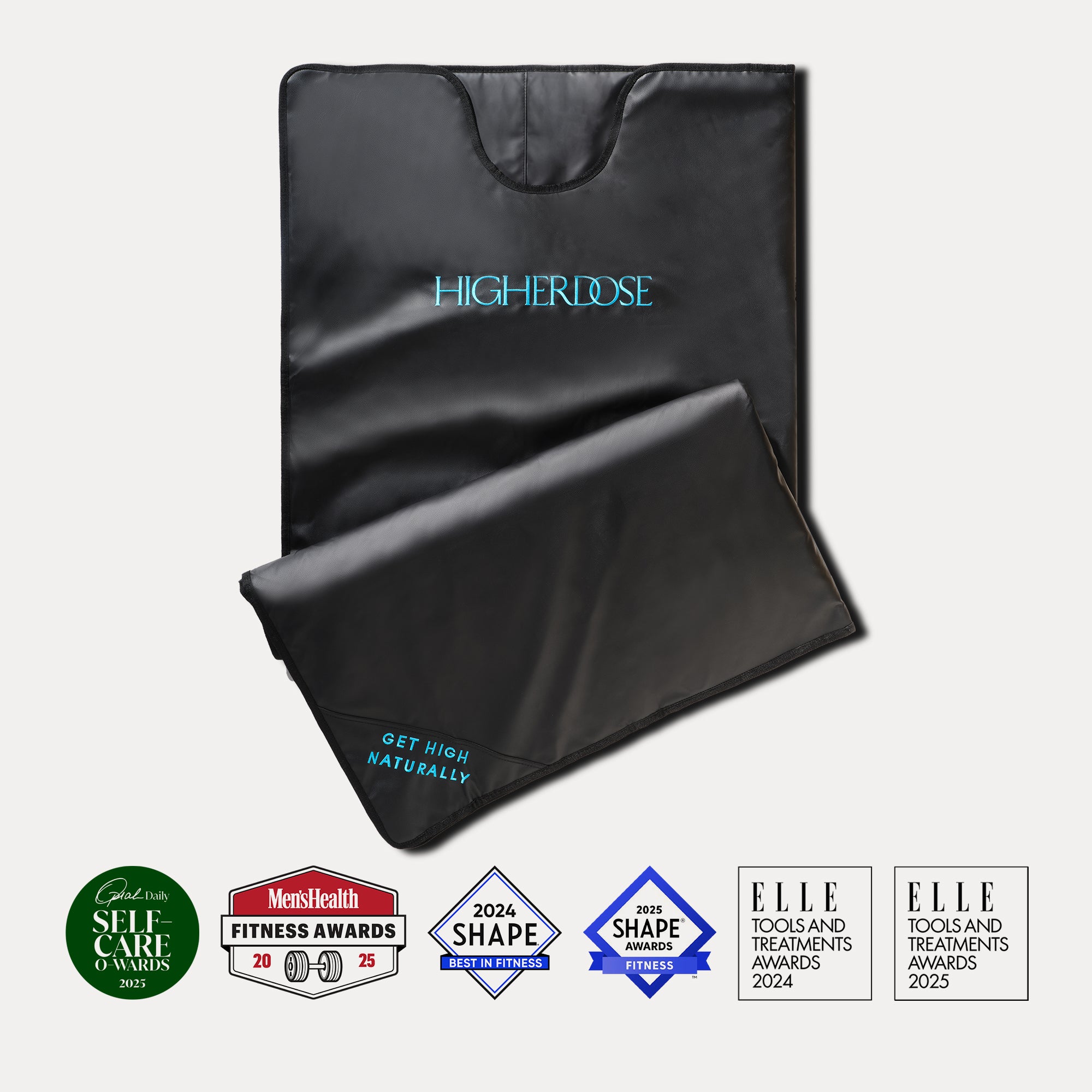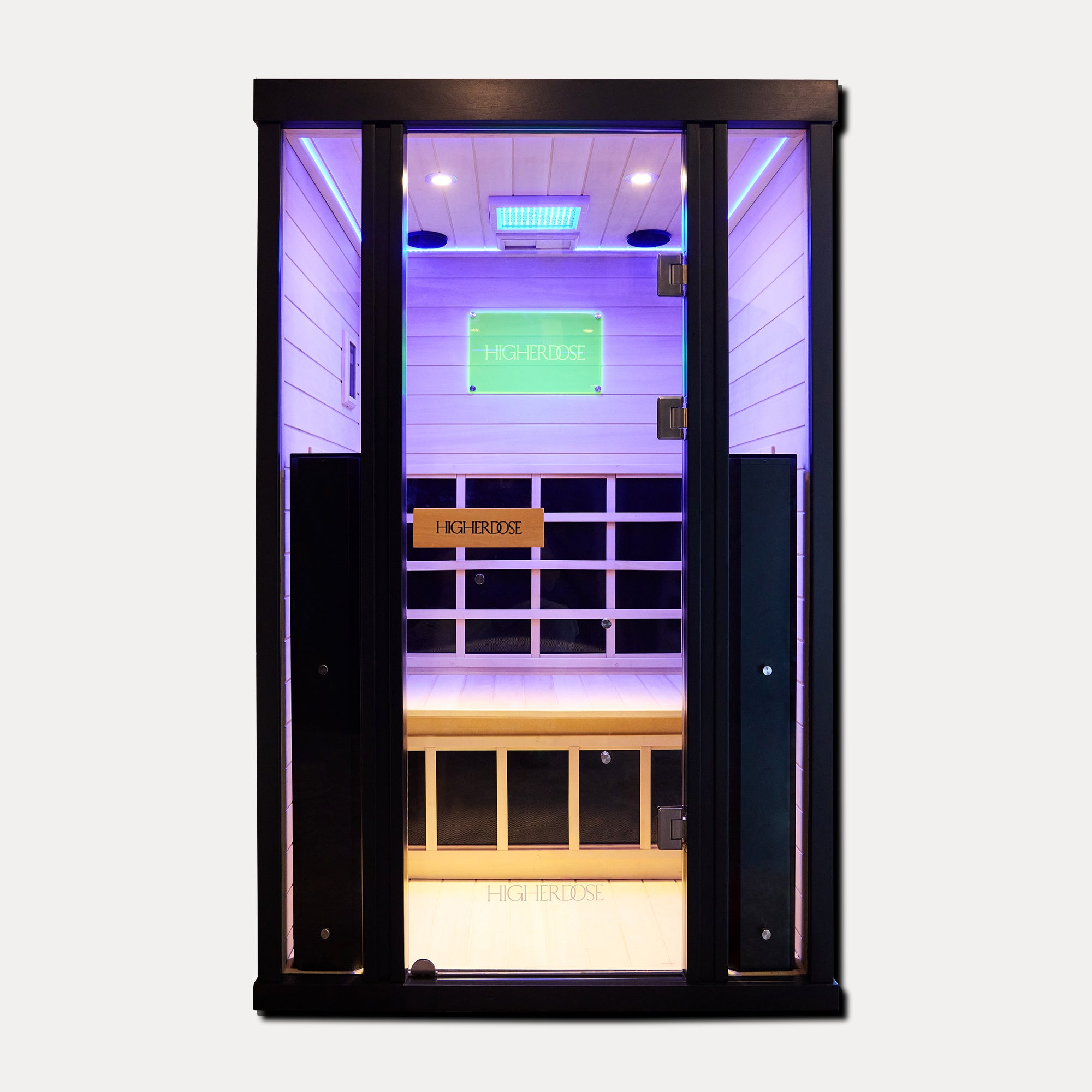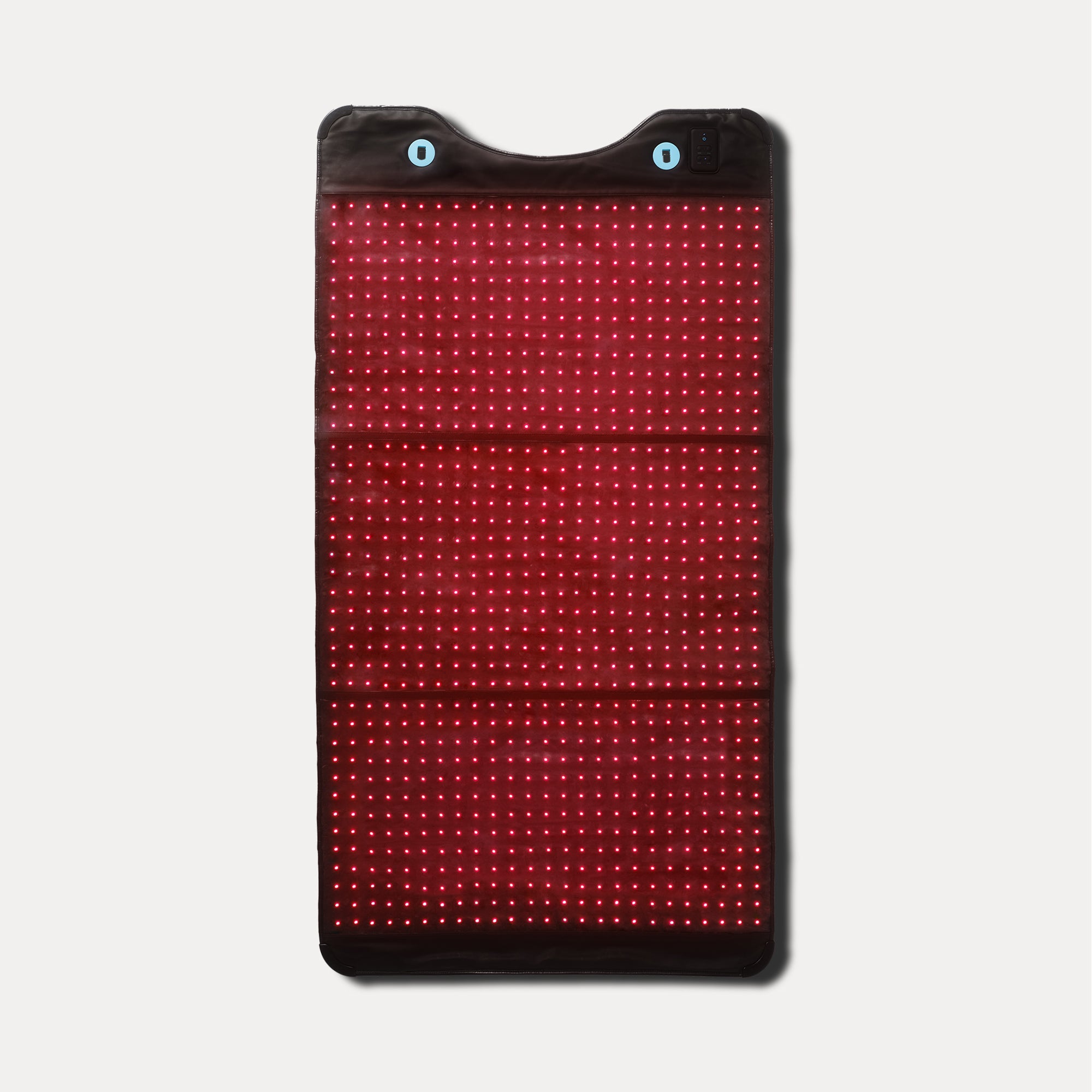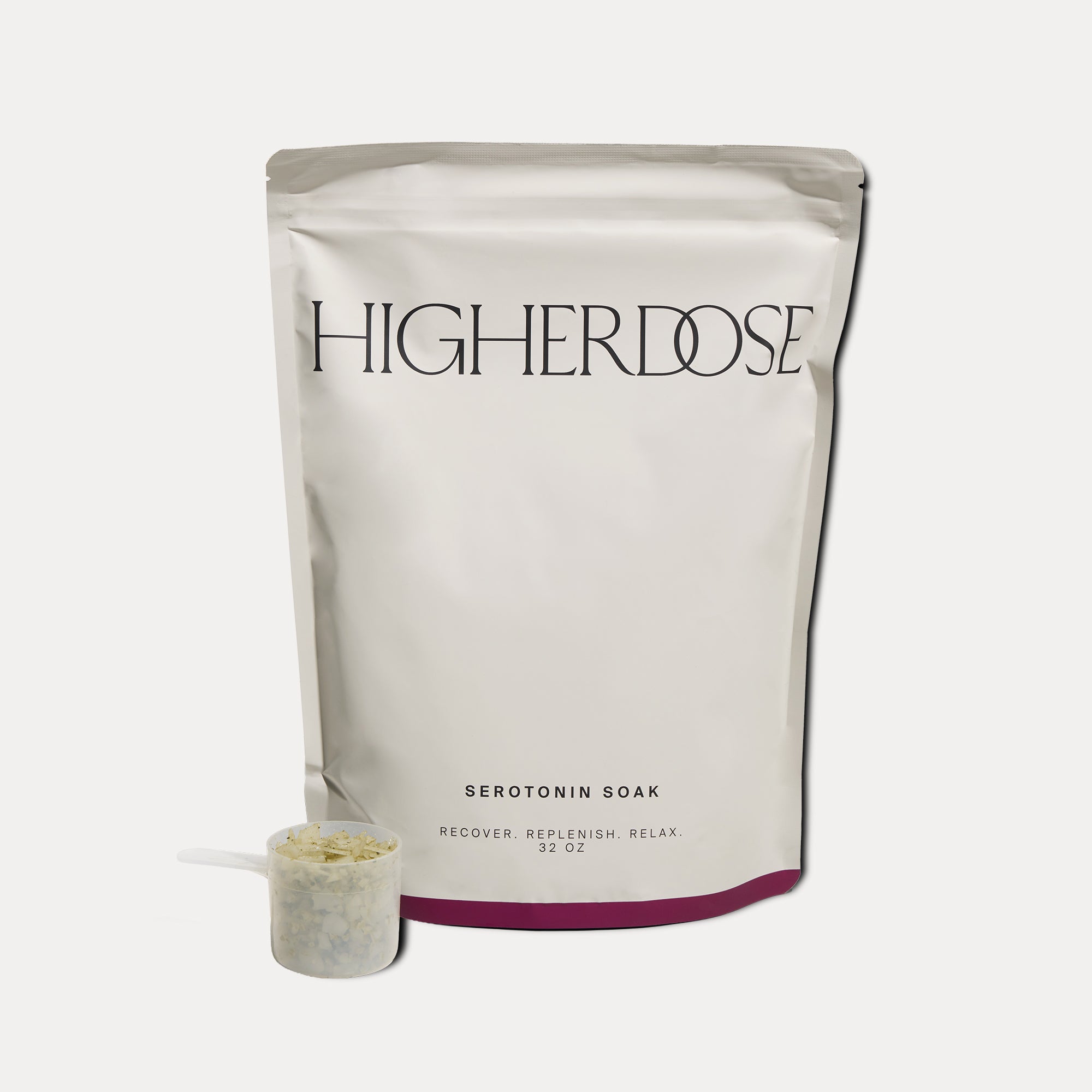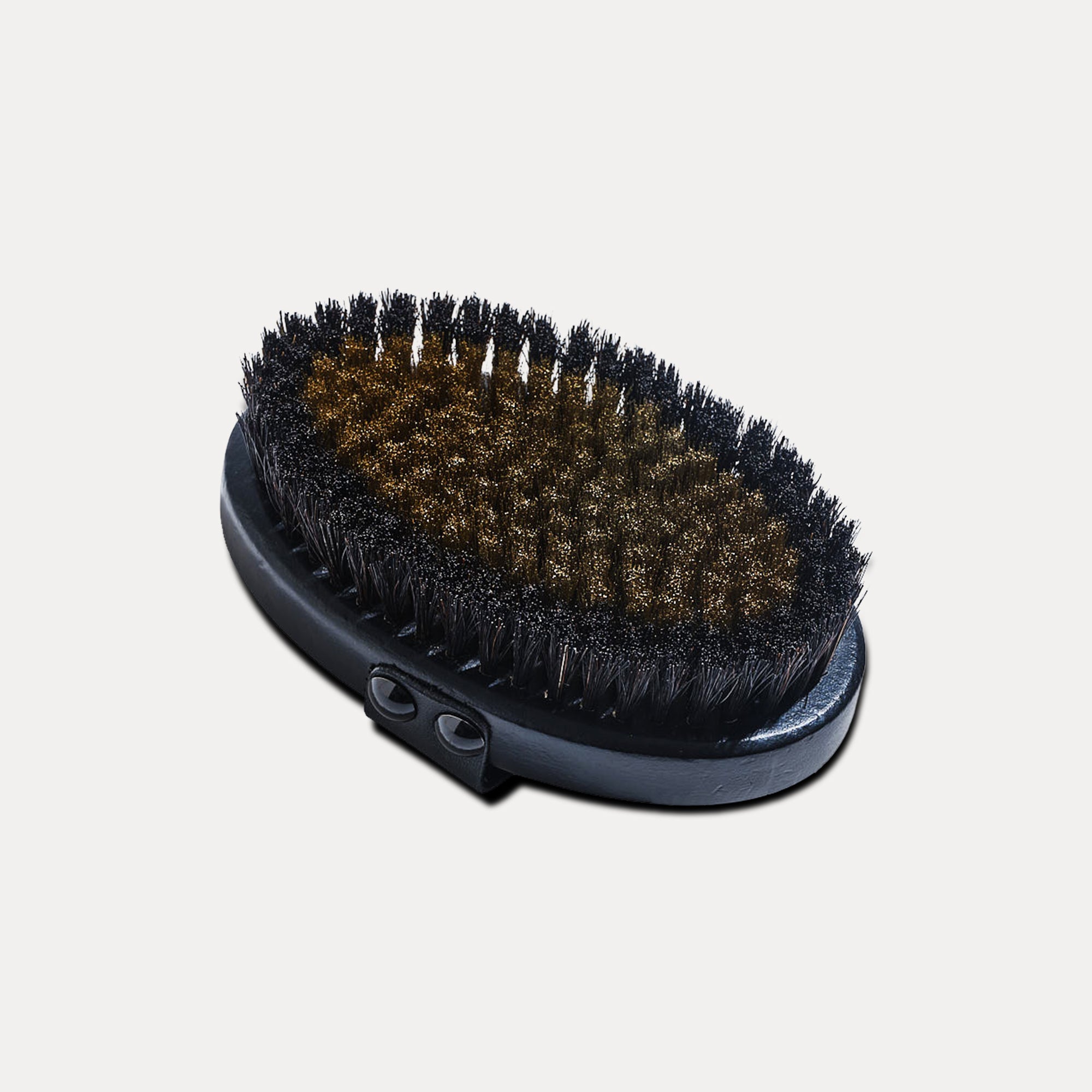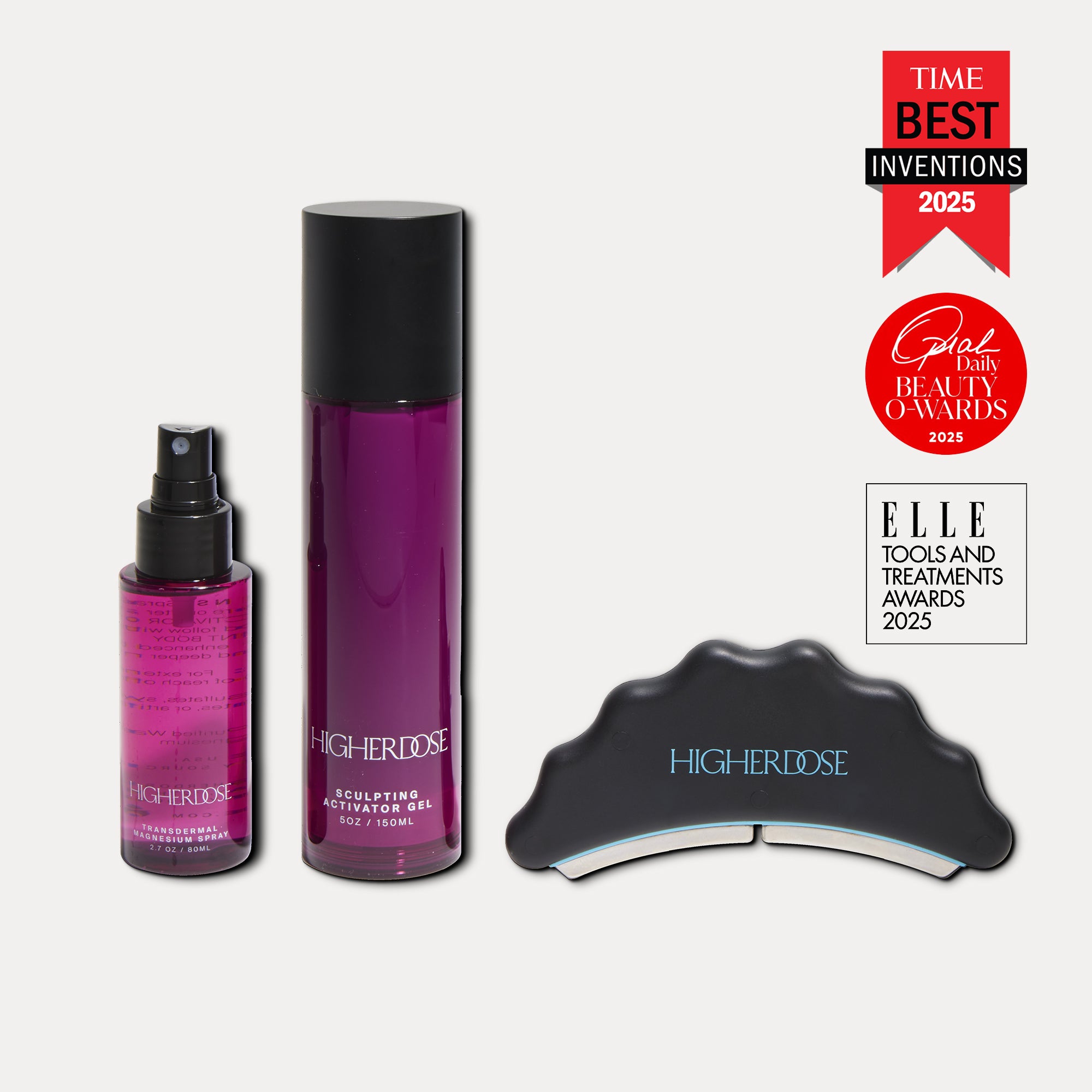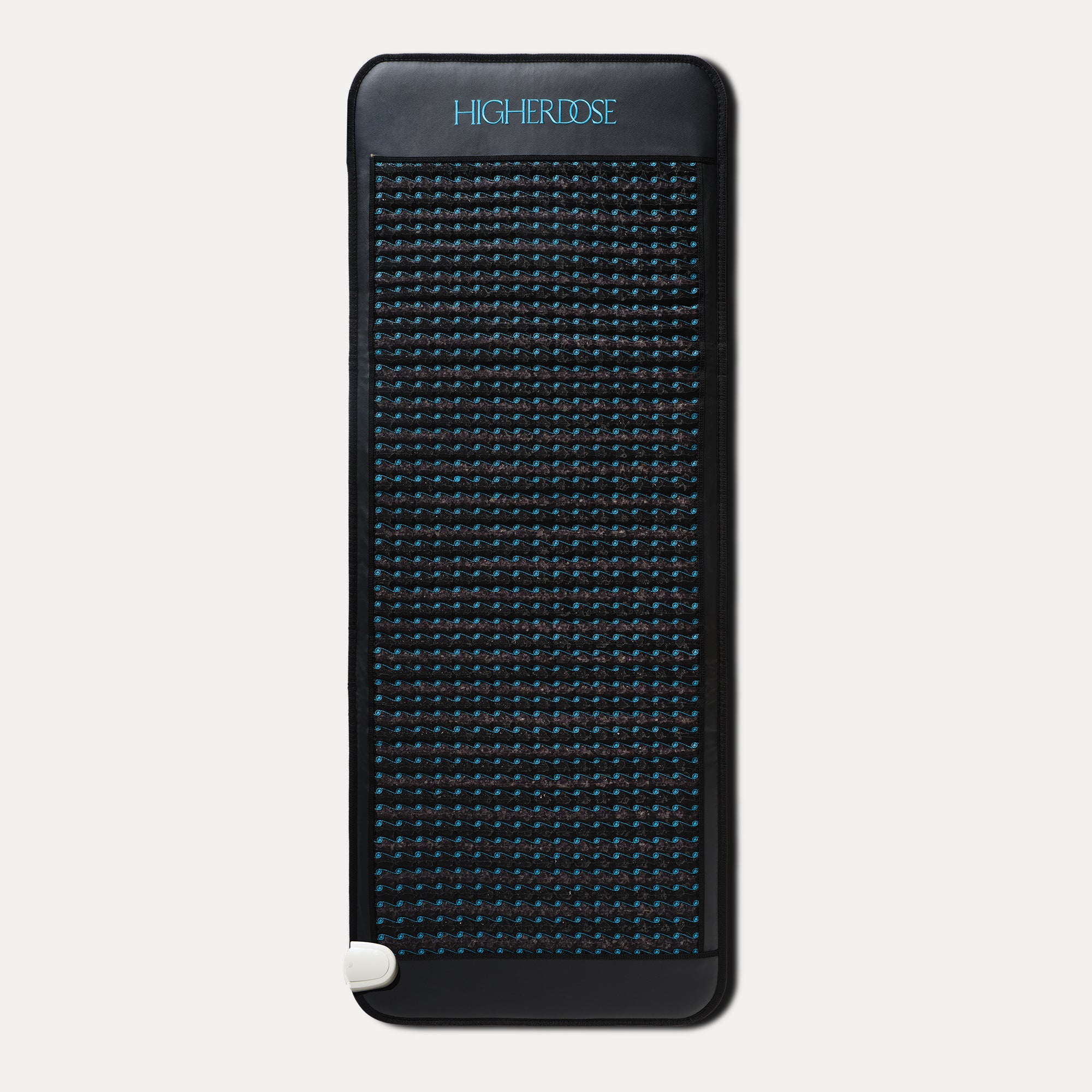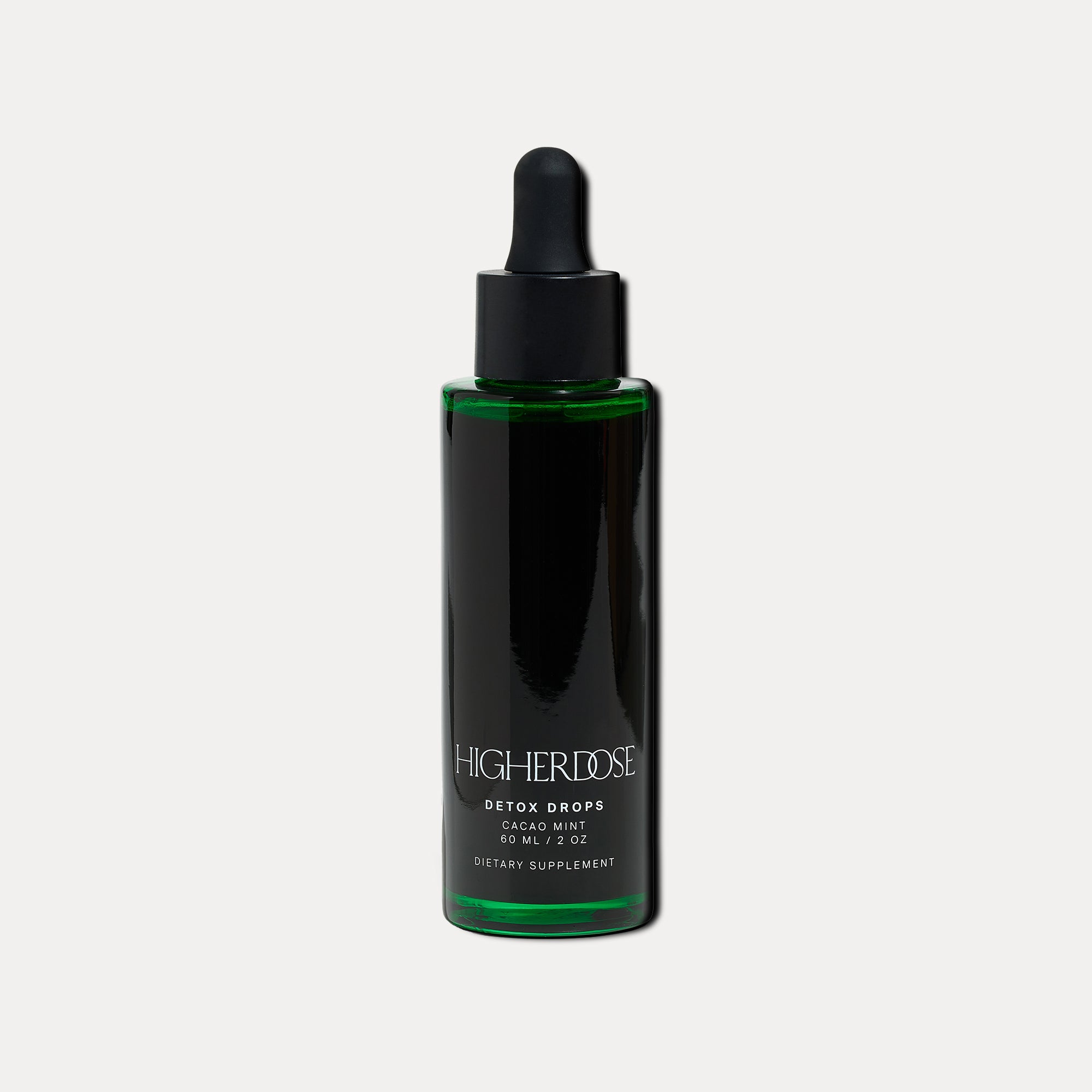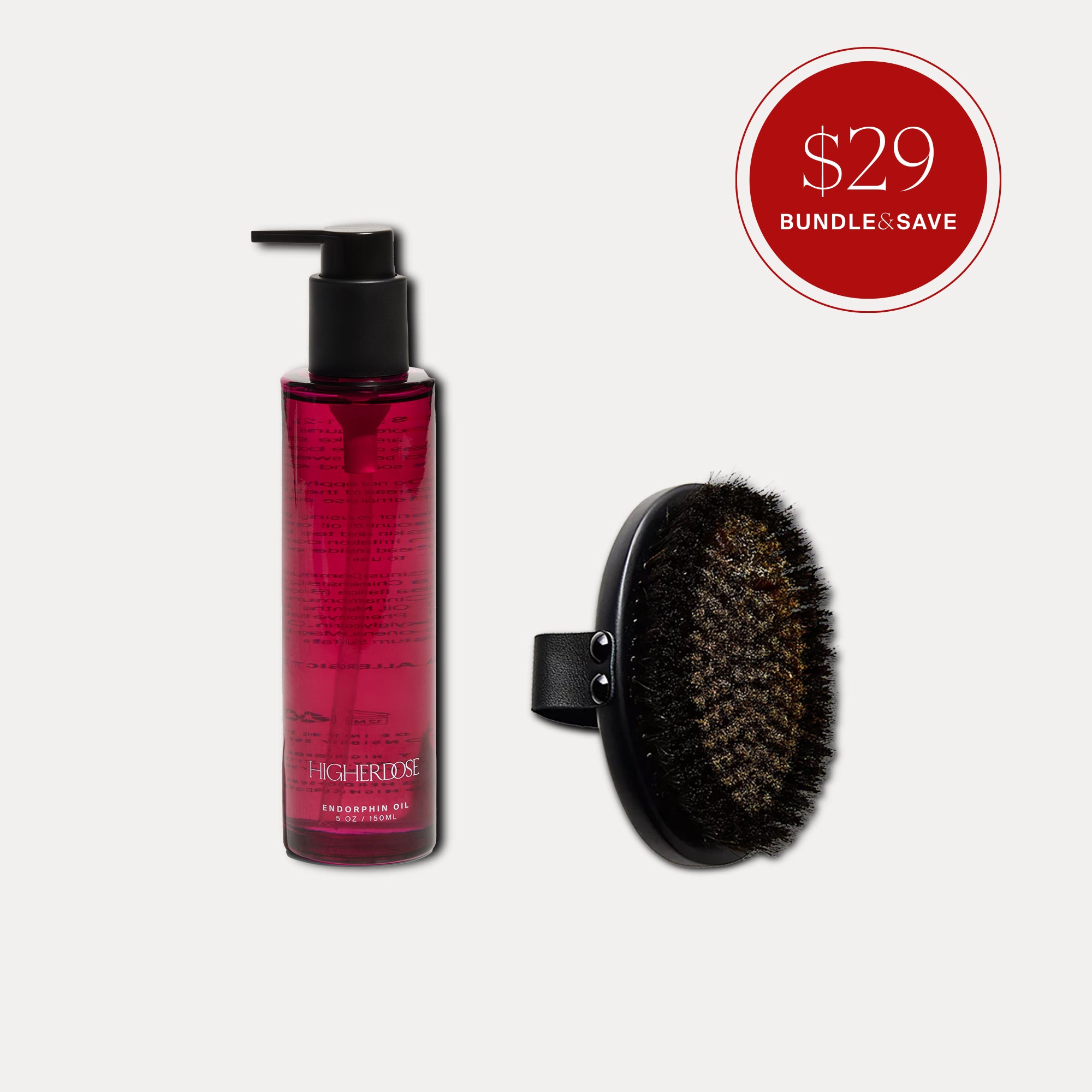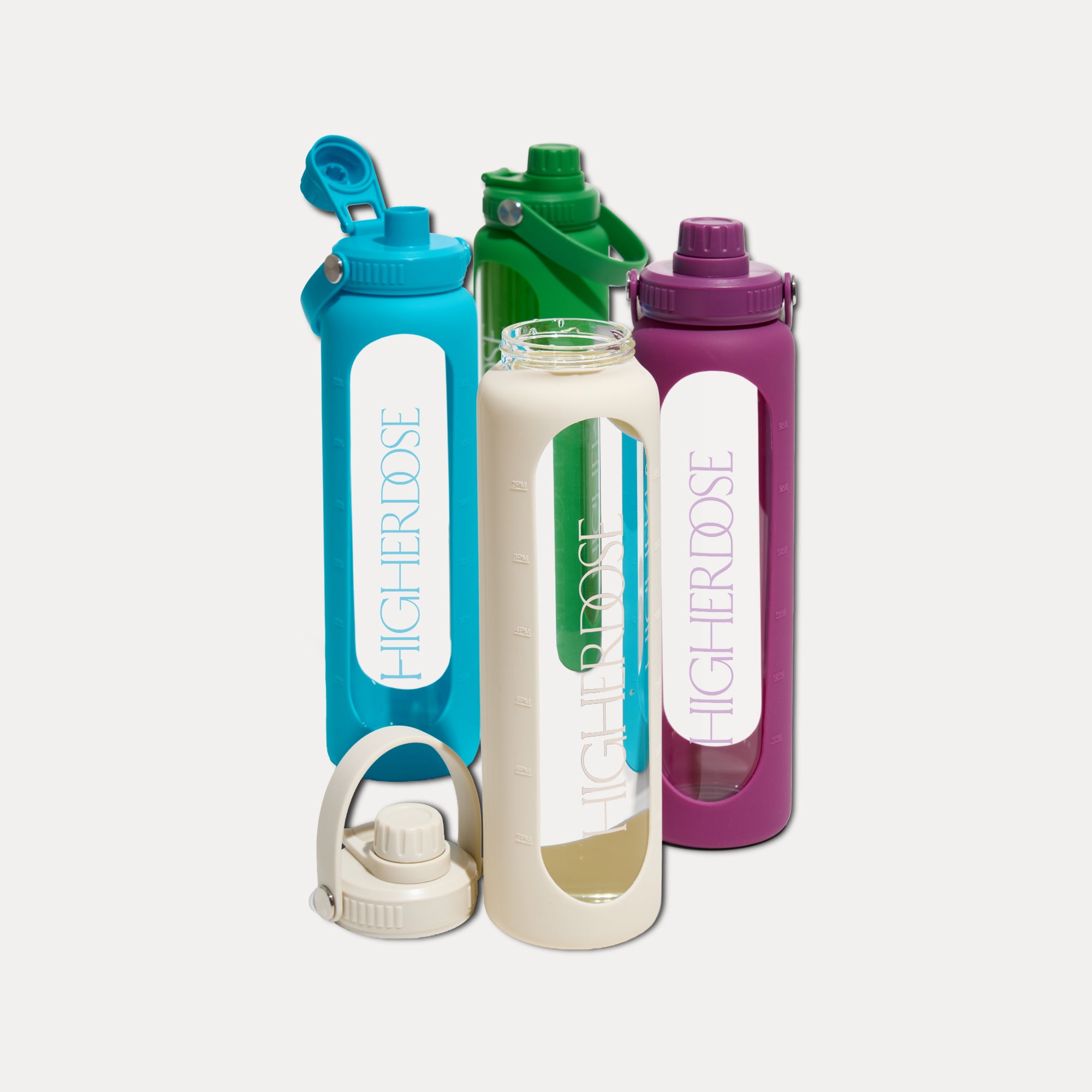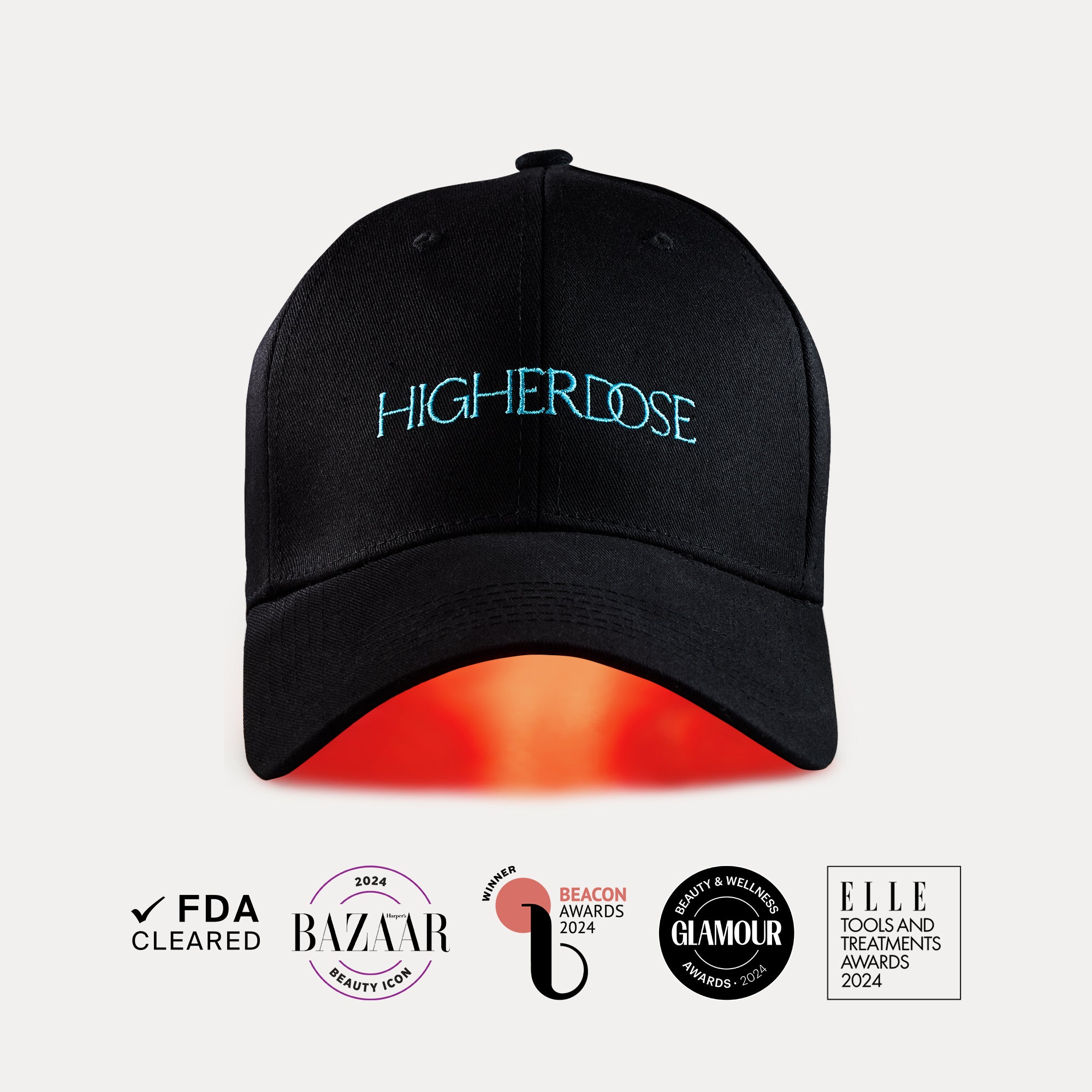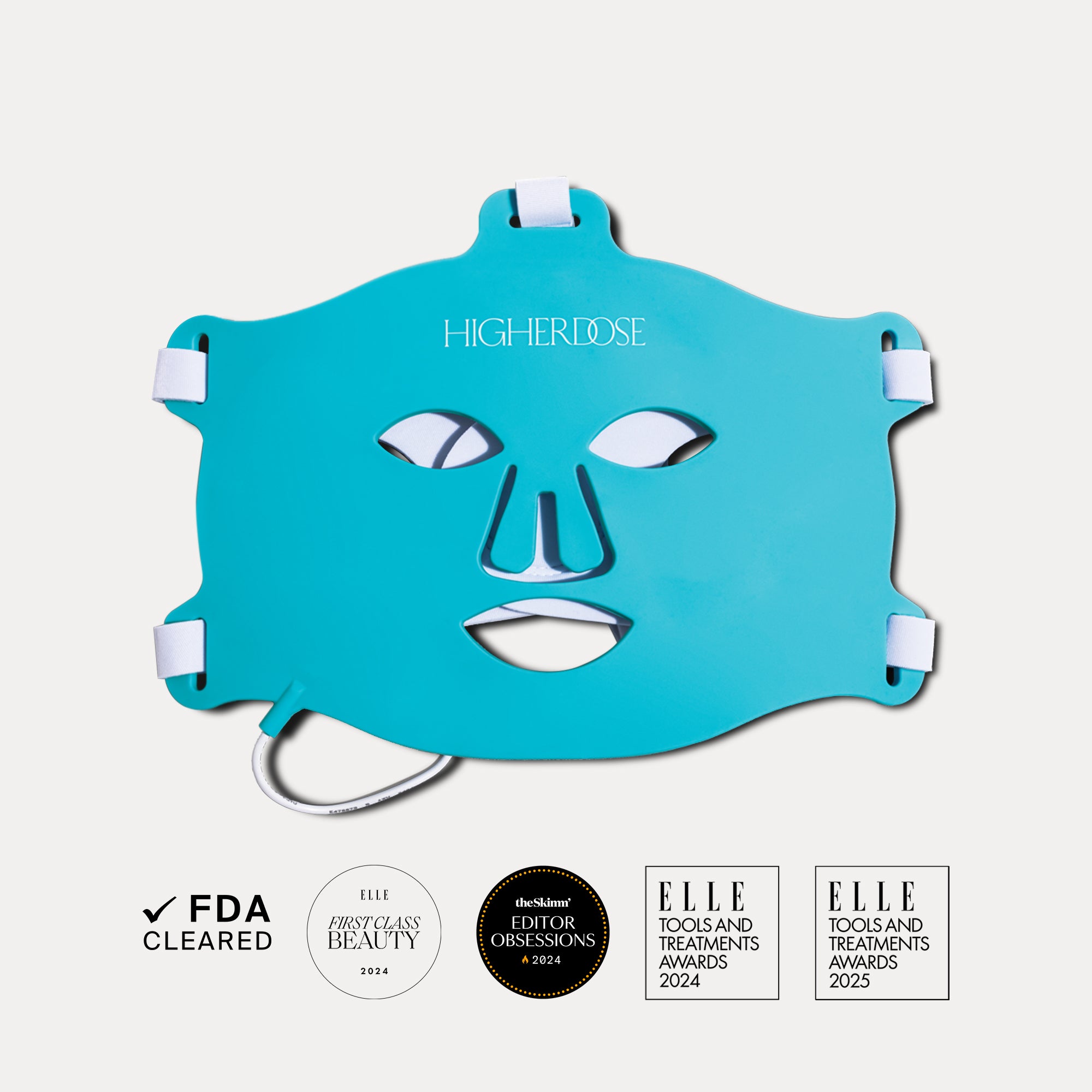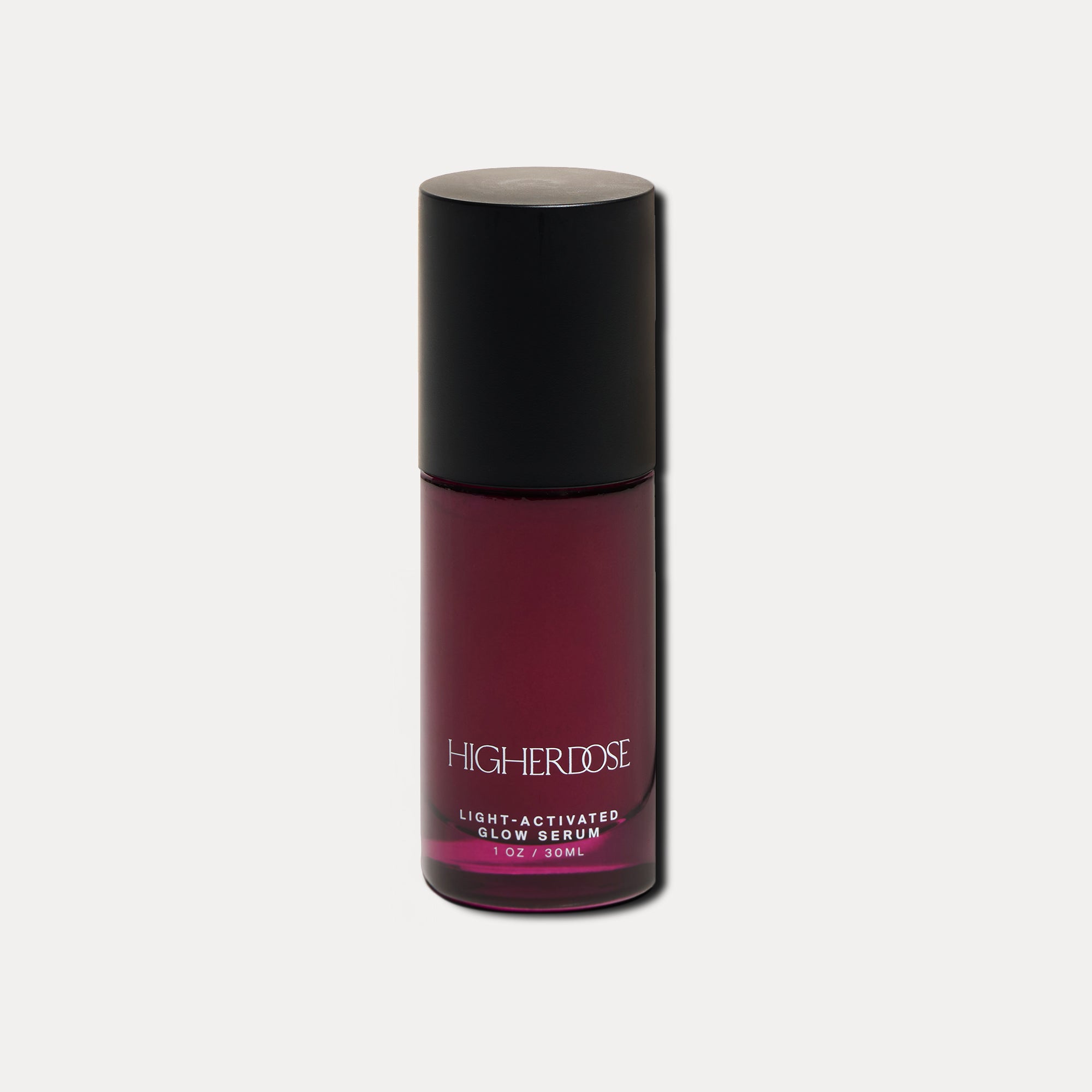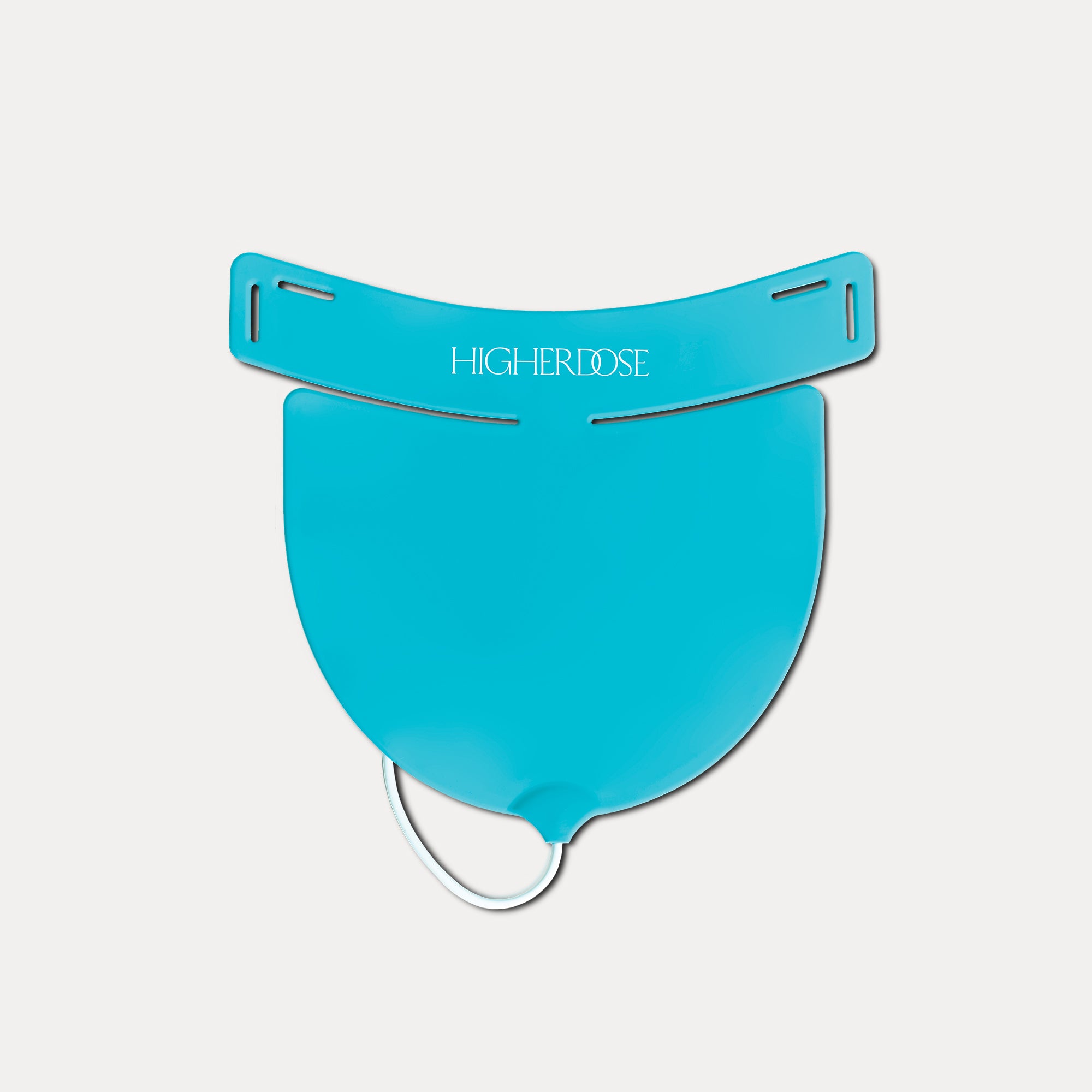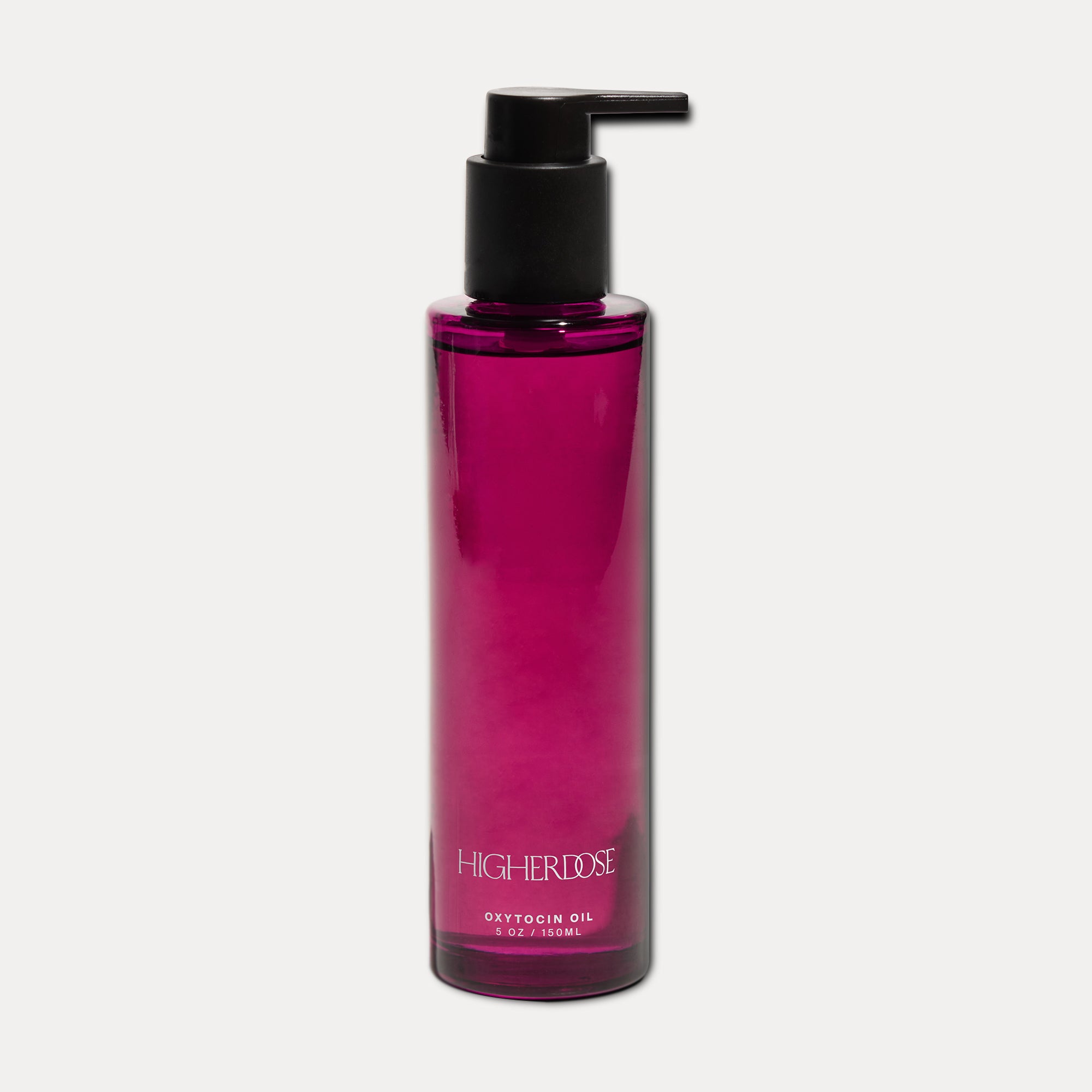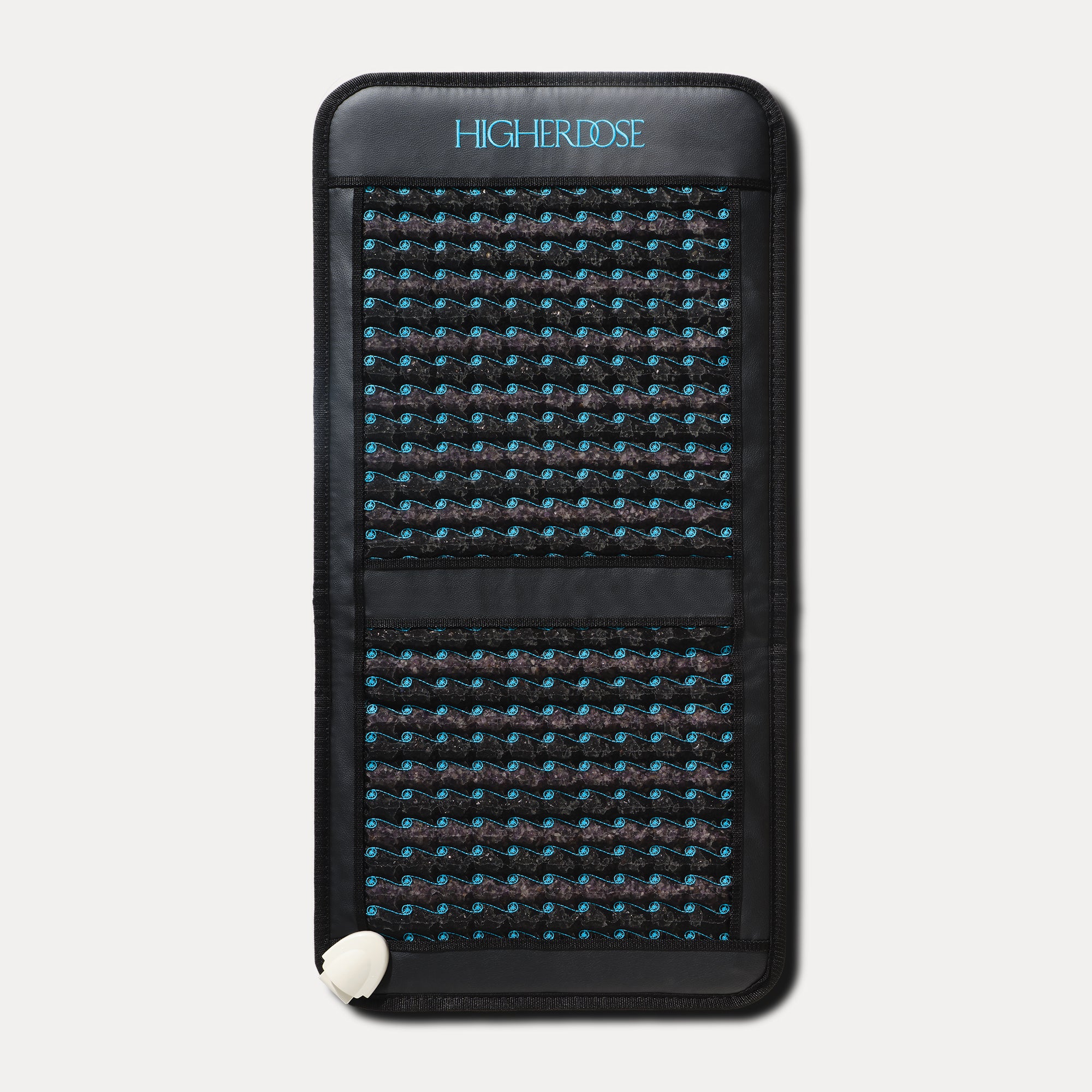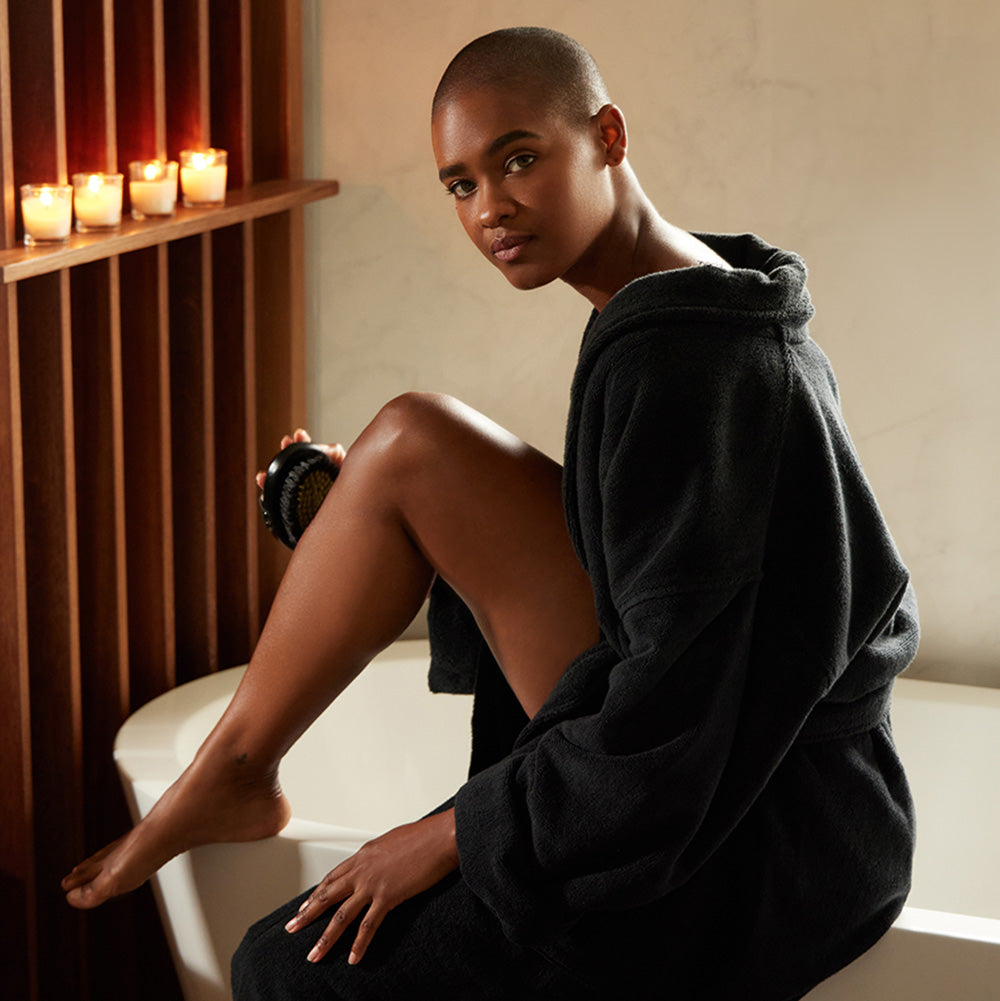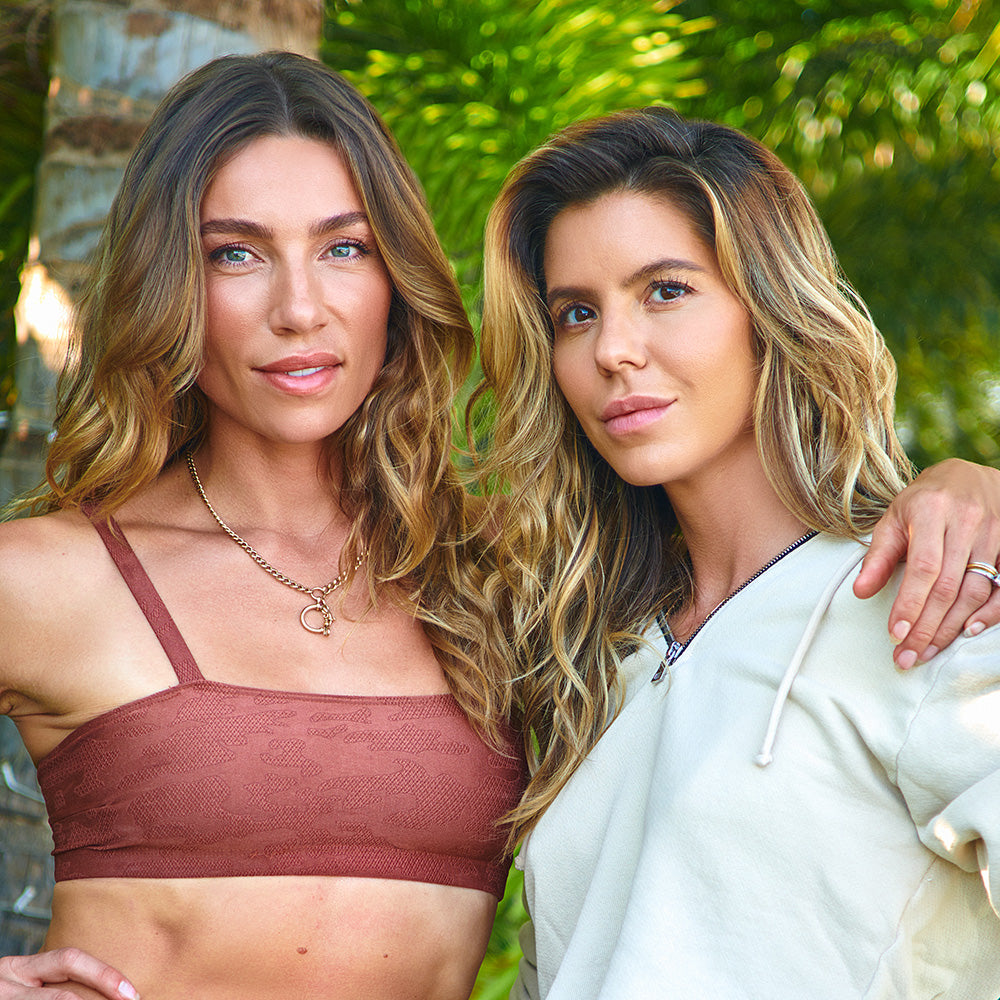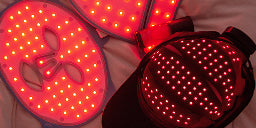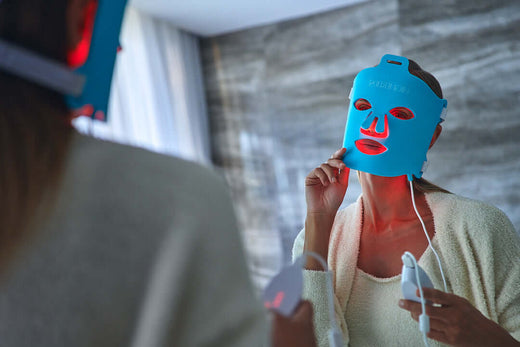
The Best Serums to Use With Red Light Therapy
Every day, we have to deal with the constant pressures from work and personal responsibilities. And whenever we can, we try our darnedest best to take care of ourselves, so we can better cope with stress from the usual grind. Yet even "me-time" that's meant to be invigorating and enjoyable (read: no decision-making) can be draining—what with so many health and beauty products available. And what of this item that beauty experts say is a "must-use"? We're referring to serums, a product often regarded as being "too expensive for so little."
But did you know that serums can actually be a boon to your self-care routine, especially when boosted by red light therapy? Read on to learn more about this wonder solution and discover the best serums to use with red light therapy.
What is a serum?
First, let's clear up the confusion around this beauty item, making it appear to be more of an optional "add-on" instead of the essential product that it is.
A serum is a lightweight solution dense with active ingredients that target specific skin concerns. The high concentration of potent molecules allows the serum to penetrate faster and deeper into the skin than other skincare products. In addition, because the product is packed in with great actives, you only need just a little on your skin. This means that a small bottle of serum will last you long enough to give you good value for your money. The best way to optimize the benefits of serums? Use them with red light therapy!

How can red light therapy make serums more effective?
Serums plus red light therapy (or RLT) are like Ryan Gosling and Emma Stone. They perform great on their own, but together, they can pack quite a punch. Here’s the lowdown on how RLT can be the perfect complement to your serums.
Red light therapy is one of the most potent ways to prep your skin and receive the most amazing benefits in the active ingredients in serums. Many have touted red light therapy as the fountain of youth. Perhaps, they’re not far off the mark.
RLT is a treatment that uses red light to treat a variety of conditions, from muscle inflammation to skin concerns such as acne, fine lines, wrinkles, and discoloration. Red light has non-thermal, low-level wavelengths that are safe to use yet penetrate and deliver energy deep beyond the epidermal layer. This energy helps our cells restore and regenerate themselves. In tandem with serums, you may think of RLT as the power that first revitalizes your repairmen (your skin cells), so they can, later on, optimize the tools they will be receiving (your serums). So, are you now ready to discover the most wonderful serums to use with red light therapy?
Top serums to use with red light therapy
Although one-size-fits-all skin solutions can come in handy in simplifying our lives, they're not as helpful when they don't work. While we all have to take care of our complexion, our needs evidently vary from one person to the next. The good news is that serums are customized to meet our individual skin requirements. Here are the best serums to use with red light therapy, so you'll know which one is best for your specific skin concerns.
Anti-aging Serum
Over time, our skin's capacity to produce collagen and elastin diminishes, and this causes our skin to turn wrinkly and saggy. Although it's part of the normal aging process, certain factors, such as sun exposure, stress, pollution, and even lifestyle choices, can hasten our skin's degeneration.
Anti-aging serums can fight and even help reverse the effects of time by targeting fine lines, wrinkles, age spots, and coarse and thickened skin.
Some of its most potent ingredients in these serums are retinol, bakuchiol, and peptides. Retinol is a type of retinoid (a compound from vitamin A) that reverses skin damage from causes other than the sun. It does this by smoothening out superficial wrinkles, evening out skin pigmentation, and softening rough patches.
Bakuchiol is another highly beneficial ingredient. It comes from babchi, a tropical plant abundant in India. This compound can accelerate the cells’ turnover rate.
If you have sensitive skin, bakuchiol can be a gentler alternative to retinol, providing some of the benefits without the side effects of irritation or dryness.
Lastly, we have peptides, strings of amino acid that boost collagen and elastin production to strengthen your skin's structure, making it firmer and more supple.
Some anti-aging serums you may try:
- Olay Regenerist RETINOL24 Serum
- One Love Organics Botanical A Bio-Retinol Night Serum
- CeraVe Anti Aging Retinol Serum

Skin-Brightening Serums
Notice how your face can look so tired and dull at times? One possible reason is the accumulation of dead skin cells that can create an ashy look. Although these slough off daily to reveal new skin, the shedding process may not be as thorough. The result is clogged pores, cracking skin, and dry patches.
Another cause of a pale and sallow complexion is reduced blood flow. Yet another factor could be the excessive production of melanin, causing dark spots and discoloration on your skin.
Skin-brightening serums can help address these concerns with such hardworking ingredients as vitamin C, glycolic acid, and kojic acid. Vitamin C is a powerful antioxidant that inhibits the body from creating melanin. It can also help lighten darker skin areas to even out skin tone. Clinical trials also show that vitamin C can enhance blood flow and help in the efficient delivery of oxygen and essential nutrients to your skin cells.
On the other hand, Glycolic acid is an alpha-hydroxy acid that is naturally produced in sugar cane. It is often used in chemical peels to expedite exfoliation and help younger skin cells resurface. Kojic acid, which comes from different types of fungi, is another skin-brightening agent that prevents hyperpigmentation and keeps your skin tone looking consistently radiant.
A few top skin-brightening serums to check out:
- Murad Vita C Glycolic Brightening Serum
- Serumtologie’s C serum 22
- SkinCeuticals' Discoloration Defense
Hydrating Serums
Our skin needs moisture, regardless of type. However, our complexion can turn dry due to harsh facial products, exposure to extreme weather conditions, and lack of water replenishment. Without enough hydration, the skin can lose its strength and elasticity, causing its protective lipid barrier to break down. As a result, the cells underneath can shrivel.
Enter hydrating serums with beneficial ingredients like hyaluronic acid and glycerin. Hyaluronic acid is a sugar molecule that binds water to the skin's collagen, allowing cells to become hydrated. The beautiful effect is youthfully dewy and plumped-up skin. Another effective hydrator is glycerin, a natural compound found in vegetable oils and animal fats. Like hyaluronic acid, it is a humectant, meaning it's able to pull in moisture from the air and help skin hold on to it, effectively hydrating the dermis.
Several potentially effective hydrating serums are:
- The Ordinary's Hyaluronic Acid Serum 2% + B5
- The Plant Base Waterfall Moist Balanced Hyaluronic Acid 100
- Cetaphil Deep Hydration 48 Hour Activation Serum with Hyaluronic Acid, Vitamin E & Vitamin B5 for Sensitive Skin
Serums for Acne-prone and Sensitive Skin
If you have acne or a highly-reactive complexion, you need not shy away from using serums. In fact, they’re becoming a popular option to treat dry and acne-prone skin, as well as calm sensitive dermal conditions like dryness and inflammation. However, because your skin is delicate, you may need to be more careful in your choice of serum.
If acne is your main concern, scoring the right serum can help your skin better absorb oil and unclog pores. Look for ingredients such as salicylic acid, which can help accelerate cell turnover and refine your pores, and vitamin B5, which has been shown to help reduce facial acne and acne-related blemishes.

Serums that may work for acne:
- Blemish+Age Defense Acne Treatment
- Mario Badescu's Anti-Acne Serum
- Skinbetter's AlphaRet Clearing Serum
If you’re more likely to have red or irritated skin, go for serums that have niacinamide, a potent irritant that is gentle at the same time. You can also look for other soothing ingredients, such as chamomile, arnica, and calendula.
Avoid serums that contain high concentrations of retinol, vitamin C, and some acids like glycolic acid, which may be too harsh on your highly vulnerable skin. You may also want to look for other potential ingredients that may trigger breakouts, such as fragrances, parabens, and phthalates.
Serums you may try if you have highly-reactive skin:
- Biologique Recherche’s Sèrum Biosensible
- Éminence Organic Skin Care's Calm Skin Arnica Booster Serum
- Paula's Choice Clinical Cinamide 20 Treatment

Next-generation Serums
What if you need or want all the benefits of anti-aging, skin-brightening, etc.? Does that mean you’ve got to buy a serum for each? That’ll likely cost you a pretty penny, not to mention an even more complicated skincare routine. You definitely wouldn’t want to go there.
Fortunately, continuous scientific research and technological developments have unearthed two wonder ingredients that can deliver multiple benefits for the skin.
1. Copper Peptides
Earlier, we’ve learned that peptides can stimulate collagen and elastin production. One particularly potent peptide is copper peptide, unique molecules critical for copper metabolism. Here are some of its key benefits:
- Prevention of premature skin aging
Free radicals result from normal biological processes and external factors like pollution, alcohol, and tobacco smoke. In excessive amounts, these highly reactive and unstable molecules can wreak havoc on our cells and cause premature skin aging. Copper peptides can boost the metabolism of copper. This enables the essential mineral to act as a scavenger of free radicals, collecting and clearing free radicals and keeping aging at bay.
- Strengthening of skin cells to fight against acne and other inflammatory conditions
Excessive copper ions in cells can increase oxidative stress, damaging DNA and weakening living cells and tissues. This can affect our skin’s ability to fend off harmful microbe invaders that cause diseases and infections, including acne and other skin inflammations. Copper peptides enhance the body’s processing of copper, which helps in the proper distribution and excretion of the essential mineral. Thus, our cells and tissues can function effectively to defend against harmful bacteria and viruses, self-repair, and regenerate.
2. Bioidentical Collagen
Our bodies recognize bioidentical collagen as having similar properties to the proteins that we already have. This compatibility enables our cells to soak up all the skin-loving benefits of bioidentical collagen, such as:
- Hydrated skin
- Anti-inflammatory capabilities (can lower blood sugar levels)
- Tighter skin
- Reduced fine lines and wrinkles
- Brighter skin (can improve blood flow).
Powerful on its own, the HigherDOSE Glow Serum is a next-generation serum flush with bioactives like copper peptides and bioidentical collagen to hydrate and stimulate your skin like no other. Dose up on Glow Serum’s unique heat- and light-activated formula of bionutrients and hyper-clean ingredients plus red light therapy for next-level radiance.
Intensifying the benefits of your serums
While red light therapy can boost the potency of your serums, not all red light treatments are created equal. With HigherDOSE's top-of-the-line infrared and near-infrared devices, you're assured of getting just the right dose of red light that's safe yet powerfully effective in optimizing the benefits from your serums. For instance, our Red Light Face Mask can rejuvenate your cells by delivering red and near-infrared light to your face (and other body parts, too!). After the red light treatment, you can then apply your serum. By this time, your skin would’ve been perfectly prepped to receive and absorb your serum's skin-loving ingredients. So get ready to glow up—check out HigherDOSE today!
